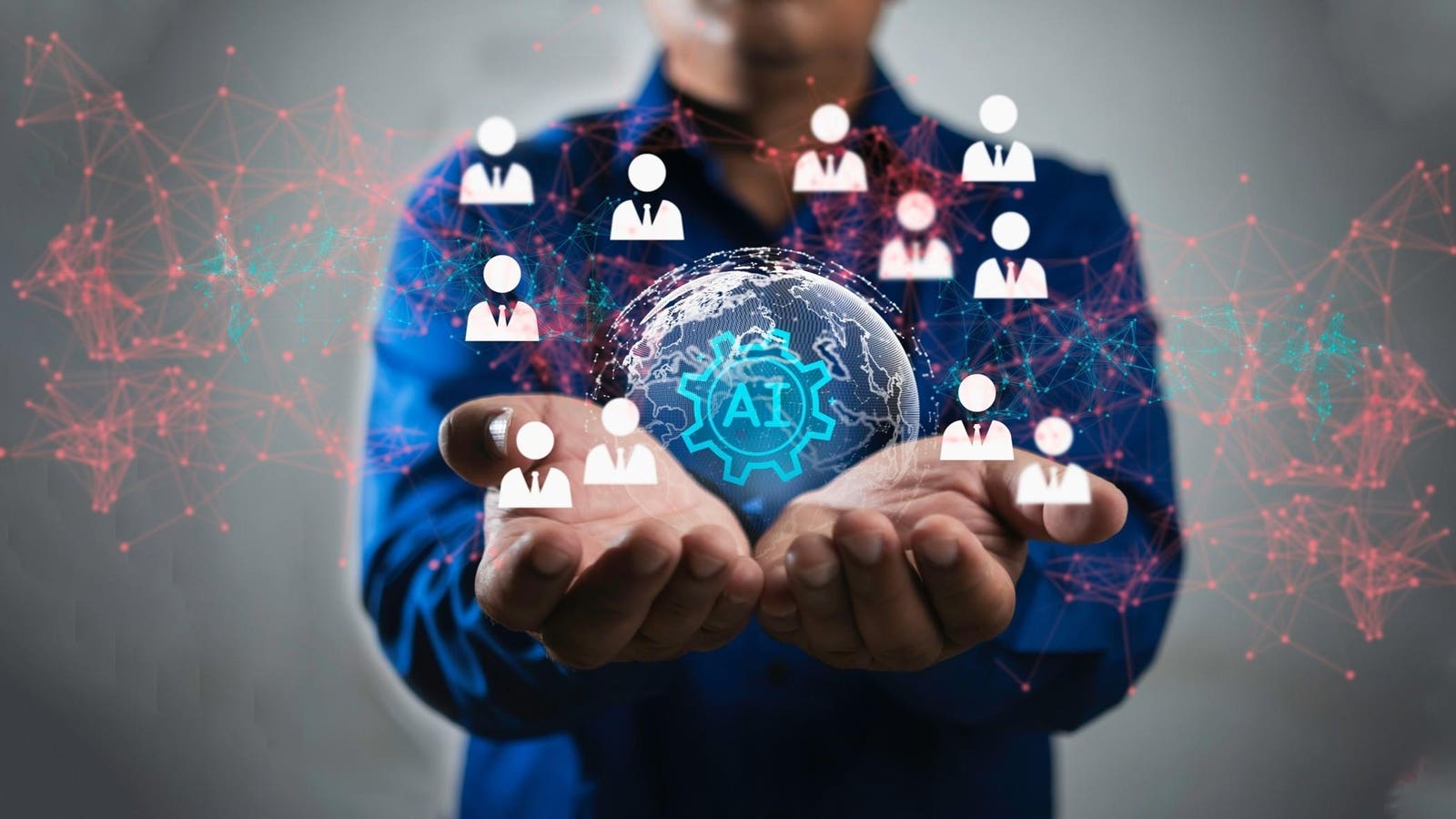Major technology companies have eliminated over 77,000 positions in 2025 as artificial intelligence … More
We’ve all seen the predictions that AI will be hugely transformative for jobs and employment, but we’re just not quite sure how.
Since it became clear that machine learning and generative language models can handle much of today’s knowledge-based work, we’ve been trying to predict the long-term impact.
Pessimists warn of potential mass unemployment leading to societal collapse. Optimists predict a new age of augmented working, making us more productive and freeing us to focus on creativity and human interactions.
There are plenty of big-picture forecasts. One widely-cited WEF prediction claims AI will eliminate 92 million jobs while creating 170 million new, different opportunities.
That doesn’t sound too bad. But what if you’ve worked for 30 years in one of the jobs that’s about to vanish and have no idea how to do any of the new ones?
Today, we’re seeing headlines about jobs being lost to AI with increasing frequency. And, from my point of view, not much information about what’s being done to prepare society for this potentially colossal change.
So, are people already being replaced? And if AI is really creating new jobs, how do we get them?
Let’s take a look at the current state of play of what many are calling the greatest disruption to the way we work since the Industrial Revolution.
What Jobs Are Being Lost?
You don’t have to look far to find people losing their jobs to AI.
Some of the high-profile recent examples include Microsoft cutting 6,000 jobs, including software engineers, marketers, product managers, lawyers and researchers. All work that is increasingly being done by AI.
Shortly after, IBM confirmed that it was letting 8,000 staff, mostly HR workers, with many of their functions also becoming automated.
This follows previous rounds of heavy layoffs at tech companies that have been widely attributed to AI, including 10,000 jobs lost at Google in rounds of layoffs starting in 2023, 700 at Salesforce and significant cuts at smaller but still well-known companies like Klarna and Duolingo.
Some companies have been forthright, such as the CEO of Bangalore e-commerce firm Dukaan, who laid off their entire customer support team because AI was 85% more efficient.
Outside of the world of technology and software engineering, there have been layoffs in the media, too, going back to MSN’s decision to replace human reporters with AI in 2020.
Many of those affected were agency workers, as was also reportedly the case when Klarna cut the work of 700 customer service agents, claiming it could all be done with AI. Recently, it emerged that it needed some of them back.
So that’s individual instances, but how about overall trends? Unfortunately, the picture looks quite bleak there as well.
The Trueup Tech Layoff Tracker keeps score and reports that more than 77,000 people have been impacted so far this year, or an average of 495 people per day. This is slightly down from last year when the figure was 653 people per day.
Another way to track what’s happening is to ask people directly, and when we do this, 14 percent of us say we have lost a job to a robot, according to this survey.
Are New Jobs Being Created?
Well, that’s a cautious yes with the caveat that there’s no evidence it’s happening at anything like the scale and speed we need.
Interestingly, these aren’t necessarily technology jobs. According to the WEF’s 2025 Future Of Work report, AI will cause a boom in delivery driving, construction, agriculture, food processing and nursing as people turn to work in fields with historic labor shortages that AI still can’t fill.
It’s increasingly common to see vague assurances about retraining and redeployment from companies when layoffs are announced without concrete details. An exception is Ikea, which said call center workers displaced by AI would have the chance to retrain as interior design advisors.
There are some examples of larger-scale initiatives aimed at tackling this problem, such as IBM’s commitment to training two million people in AI skills.
But so far, these initiatives are relatively thin on the ground, with little indication that society has formulated any strategic response to the situation.
Sleepwalking Towards A Cliff Edge?
From the evidence I’ve seen, advanced economies aren’t prepared for challenges that just a few years ago were entirely theoretical but are now very real.
An exacerbating factor is that many of the roles that are threatened are entry-level, such as junior coders or designers, or low-skill, including call center workers and data entry clerks.
This means there’s a danger that AI-driven redundancy will disproportionately hit economically disadvantaged groups.
There’s little evidence so far that governments are prioritizing their response. There have been few clearly articulated strategies to manage the displacement of jobs or to protect vulnerable workers.
Perhaps the attitude is that, as the tech sector caused the problem and is profiting from it, the tech sector should sort it out.
Certainly, the response varies by jurisdiction. In the US, arguments over the regulation of the tech industry, which would allow the government to impose obligations regarding job displacement management, are ongoing.
In the UK and Europe, however, legislators sided with calls for AI providers to disclose the use of copyrighted material in training their algorithms, which could impact jobs in the creative industries.
The danger is that without a planned response, we could easily sleepwalk into a situation where unemployment and redundancy risk long-term social and economic instability.
Navigating The Changing World Of Work
As time goes on, the impact of AI on employment becomes less about predicting the future and more about dealing with a quickly changing reality.
But although it’s happening all around us, it’s also early in the day. There’s still time for individuals and businesses to plan for a future where AI and automation handle many more tasks than they do today.
For individuals, it means acquiring the skills that will be needed to remain valuable in the AI era. Often, these are human-centric skills such as leadership, communication, teamworking, caring or interpersonal skills.
For businesses, it means both choosing to work with AI systems that augment people’s abilities rather than replace them while investing in lifelong learning, upskilling and managing workforce transition.
And for governments and regulators, it means fulfilling their responsibility to ensure that tech companies help displaced workers find their way into new, more rewarding, and human-centric roles.









